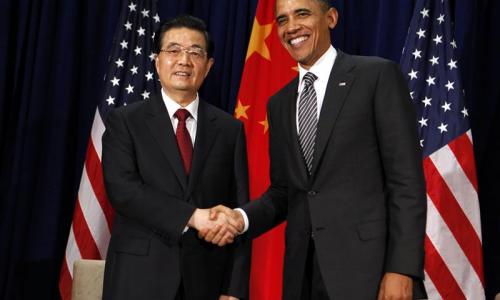Obama Addresses China Trade at APEC
This year’s APEC Summit has just wrapped up in Hawaii. The APEC (Asia-Pacific Economic Cooperation) Forum is an annual meeting of leaders from 21 Pacific Rim countries (including the US and China) to discuss matters related to the promotion of free trade and economic cooperation throughout the region. APEC also aims to increase the living standards of its member nations via sustainable growth, as well as fostering a sense of community from shared interests.
President Obama was on hand to host the event in Honolulu, which also happens to be his birthplace. Throughout APEC, Obama emphasized that the US has a vital economic stake in the Asia-Pacific region. Given this, one of the major announcements that Obama made at APEC was the newly formed and US-lead initiative called the Trans-Pacific Partnership (TTP).
The TTP is comprised of nine initial member countries: the United States, Australia, Brunei, Chile, Malaysia, New Zealand, Peru, Singapore and Vietnam. The goals of this new initiative are to enhance trade and investment among TPP partner countries, as well as to promote innovation, economic growth, and the creation of jobs.
While the TTP has been hailed as a mostly positive development, critics have been quick to criticize Obama for China’s absence in this list. With regards to this, Obama addressed the issue with Chinese President Hu Jintao in a closed-door meeting, and made it clear that US businesses were “growing increasingly impatient and frustrated with the pace of change” in Chinese trade and currency practices.
Obama referred to issues such as a lack of access to the Chinese market, the valuation of its currency, and violation of intellectual property rights. While the possibility for China’s future participation in the TTP was left open, this is only likely to occur once the pace of change in China’s trade practices have improved.
Despite this, both leaders were keen to focus on mutual cooperation. Obama stated that it is indeed possible for “friendly and constructive competition” between the world’s two largest economies, and that China’s growth is encouraged by America. However, China still needs to “play by the rules.”
